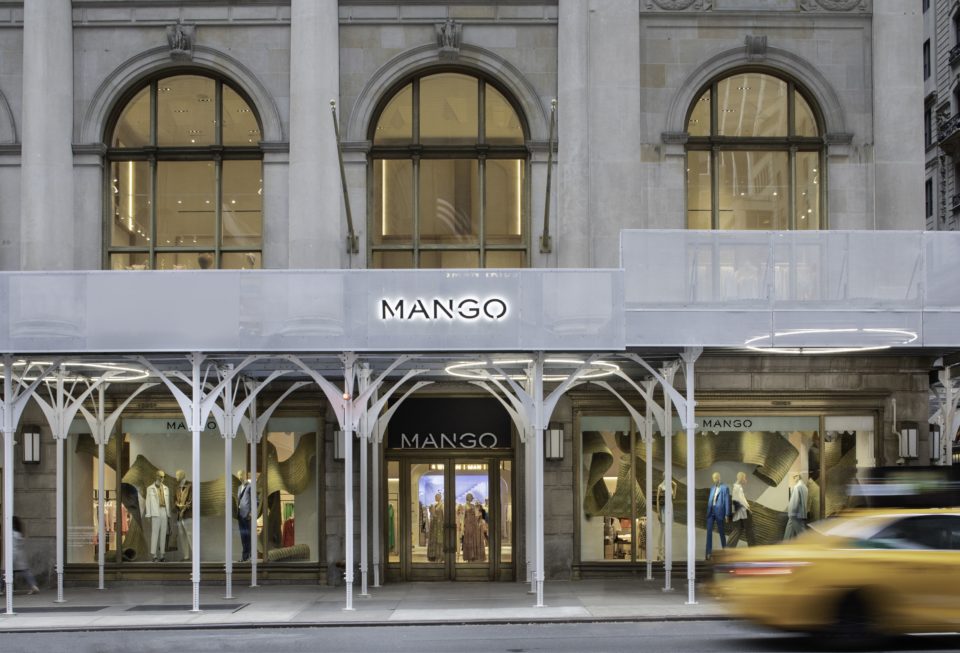Is the metaverse for retail already here?
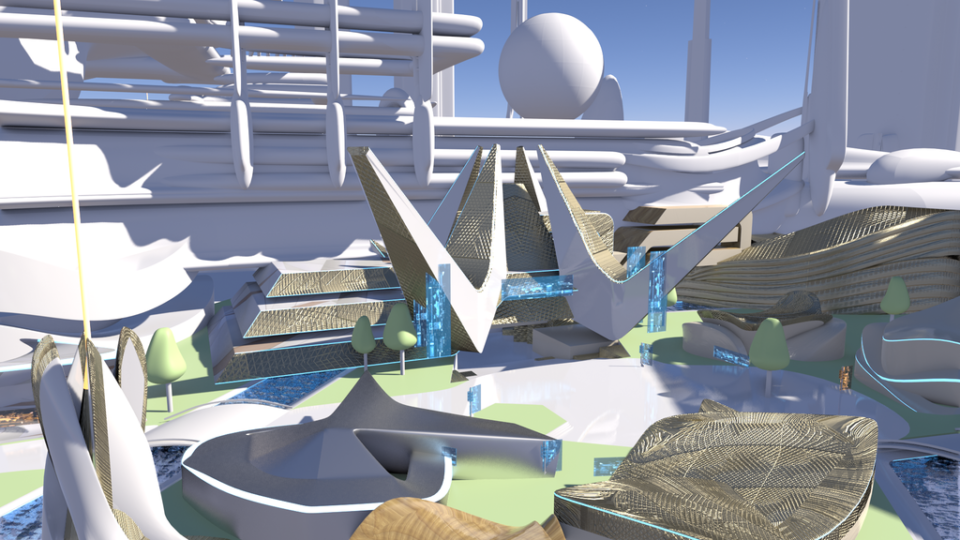
The metaverse may have recently gained a place on a lot of companies’ agendas but for some it’s been a long-time focus.
RFOX is one of these companies. Since 2018, it has been building a metaverse ecosystem full of immersive experiences in retail, gaming, media and entertainment.
Crucially, RFOX wants its metaverse to be digitally inclusive and empower people to play, create and earn without borders.
We spoke to CEO Ben Fairbank about how retail translates into the metaverse and why brands need to take the leap now to shape the digital spaces of the future.
Ben Fairbank, CEO & Co-founder, RFOX

What does RFOX do?
We are building an immersive metaverse platform focused on retail and e-commerce. We have designated quarters for different functions – music, art, gaming, entertainment and tech – which feature purpose-built shops.
These shops will start off selling digital items and quickly morph into virtual to real life; for example, an NFT that is redeemable for a physical item that you have delivered or going to a food court in VR to order a pizza and bring able to shop or play a game or watch a movie while you wait for your physical pizza to be made and delivered.
The biggest thing that we have focused on is digital inclusion. We want to offer a platform that allows people to showcase the quality of their products side-by-side. There’s so much talent and so many good products out there that we want to provide a level playing field and take the onus away from having to have the biggest flashiest bricks and mortar shop.
This is not supposed to be a replacement world. It’s not a form of escapism.
This is web 3.0. This is new products and services that make borders and logistics and digital inclusion non-factors. It’s all about unlocking the ability for creators and retailers and consumers to be able to interact in a different way and start to reduce some of those roadblocks.
What is the consumer experience like in the RFOX metaverse?
The visual stimulation is extremely important for us. We’ve designed it so that where you enter you can choose from three quarters to visit and you travel there on a train through space with views of the planets etc.
Or you can go underground to visit the fourth quarter which is surrounded by windows, looking out over the space. It’s very different to what you would normally see if you went to your local mall.
We’re building the metaverse on a video game engine, so once you’re inside the quarter it will feel like you’re walking around in a world like you would in Grand Theft Auto or any of these types of games, but you’ll see your shops, event halls, central gathering spaces etc as you would in real life.
The great part about it is that we’re not confined to the laws of logical space. The store might look like a relatively small space from the outside but inside it can be huge. You’re getting real estate that wouldn’t physically be there. Some stores even have holes so that you can see into the sky.
We can really play around with different modes. The possibilities are quite endless.
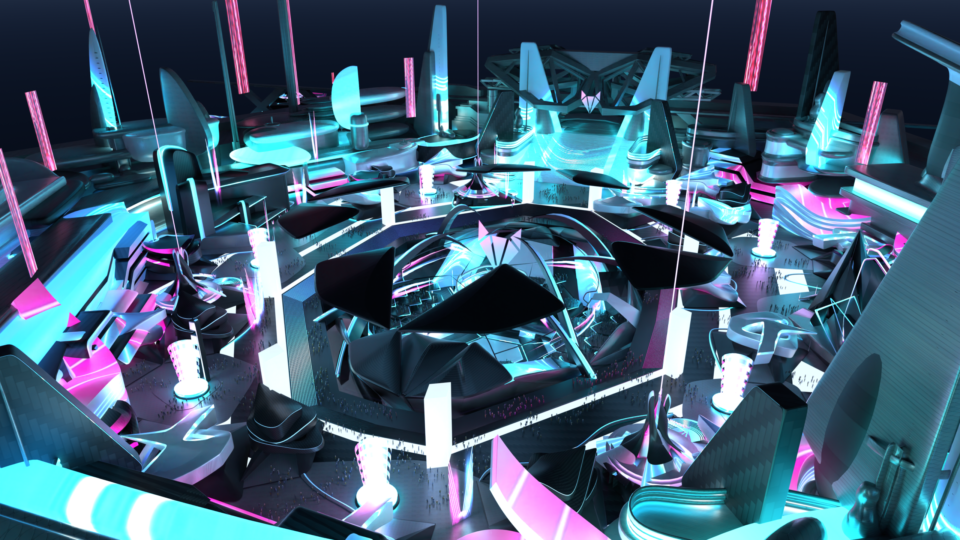
Can you explain the vision for your metaverse?
The plan is to have a version of the metaverse for each different country or location so that we can offer a very localised service. This means that users aren’t ordering products, like a hamburger, from places that can’t actually deliver to them.
Each metaverse will have 25 shops in each of the four quarters, as well as two marquee stores that big brands can also use for advertising.
We will also have three stores for showcasing RFOX’s products and services, including our RFOX token, as well as potentially for partners who will bring value to the space.
The great part is that we will have a passport system so that users can go to these different worlds. Each one will have a slightly language, perspective and size based on population.
We can’t be tied to one particular region because we’re dealing with borderless products. Even though we’ve started in the Southeast Asian region, we’ve almost immediately gained a global focus because we’re about to onboard a few massive retail brands that are household names, and those brands are not necessarily based in Southeast Asia.
We charge a 2% transaction fee for every purchase that takes place in the metaverse and then we give a percentage of that back to everyone who owns our tokens.
We’re really heavily focused on customer experience and engagement. We’re implementing a cashback and rewards system for retail purchases, which we’re very excited about.
How do brands create their stores?
We have five standardised templates for shopfronts in each quarter, which are fixed. The reason we did that is because we didn’t want there to be a situation where people sit on the land and refuse to build anything because the land will go up in value, and people are walking around going, ‘why is there nothing here?’
The shapes are fixed but you can choose different textures and colour on the outside. On the inside, we’ve got another five templates and you can switch and customise them in so many different ways that no two stores will be the same in terms of colours, textures, styles, formats, layouts.
Using the templates allows retailers to just concentrate on what they’re going to sell in the way they’re going to sell it and the proposition that they have for the customer. They don’t have to think about whether their store looks as good as another retailer’s.
If brands want something a bit different or extra, like a floating shoe, then we can purpose build new assets. We work with them on customising their space.
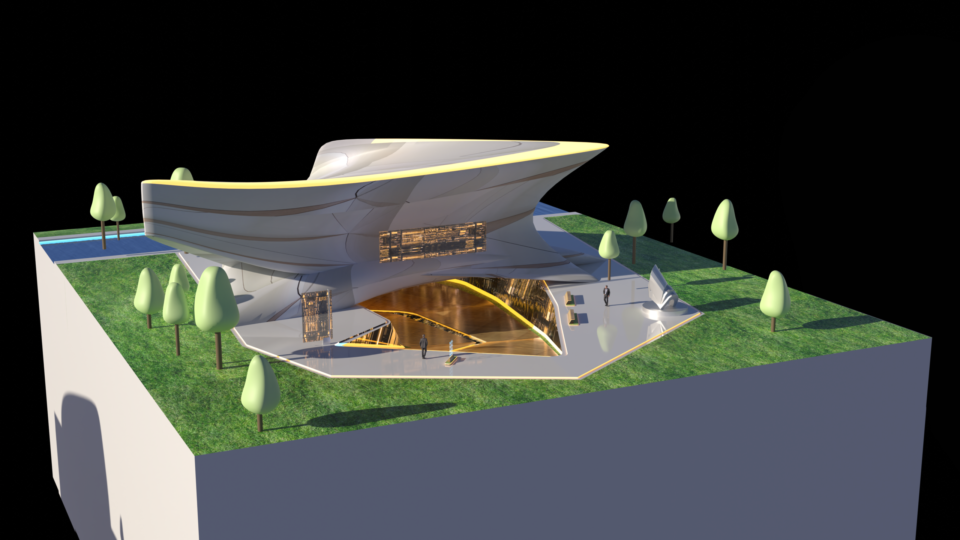
What is the ultimate application that you can imagine for these stores?
The funny thing is we’ve talked to retailers and what they’ve tried to do is replicate exactly what they already have.
They see it as a chance for them to be able to have people that don’t live anywhere near their showroom to come in and have a look because we want to sell cars or we want to sell fashion to them.
We’re saying, you could have the car floating, so customers could walk underneath it. You could have it in augmented reality. Customers could actually open the door and hop in the car and get that feeling, but you also drive it along. You don’t have to be confined by real world limitations.
It’s been an interesting journey for us because we’ve had to present it in as a as close to realistic fashion as possible so that people can actually make that transition. It’s already a big leap in technology. There is no playbook for brands to have it so far removed from what they have now.
They’re concerned that if they removed themselves too far from the conventional showroom, will they lose the customer’s interest? Will they lose the authenticity of shopping for a Porsche? Will they confuse the customers to what it is that they’re actually seeing and doing?
https://youtu.be/XxAHf_FFvBo?si=r4Al_eT2xUPQ5uUr
My ultimate aim is to shake up the retail experience and combine the things that your customers are most commonly asking about with novel ways for them to be able to experience and try different things.
An example would be to try on 10 different types of tops and see what the colours look like based on your avatar. That sort of stuff’s been available on websites for years, but even that’s a fast stretch for some of these brands. Our vision is to get people to venture out of their comfort zones and to try and offer customers a much more immersive experience.
We’re more digitally connected and less physically connected than we’ve ever been. I think that we need to bring back some sort of an experience in retail that we’ve lost a lot of.
At present, we press something on a keypad and then wait for the doorbell to ring. It’s very sterile.
We want to change the way we get customers to look at and interact with products and to get people to think about the fact that in this digital space you not only have the ability to sell physical items, but you also have the ability to sell digital items.
Your online street cred from a retail and digital perspective now is as important, and in some instances more important, than the physical representation. We’ve got plenty of examples where the digital counterpart goes for a lot more than the physical.
For example, RTFKT is a metaverse clothing company, and they sell digital sneakers for $70,000 a pair, but you can then redeem them for a physical pair of sneakers, which would probably be worth a couple of hundred dollars.
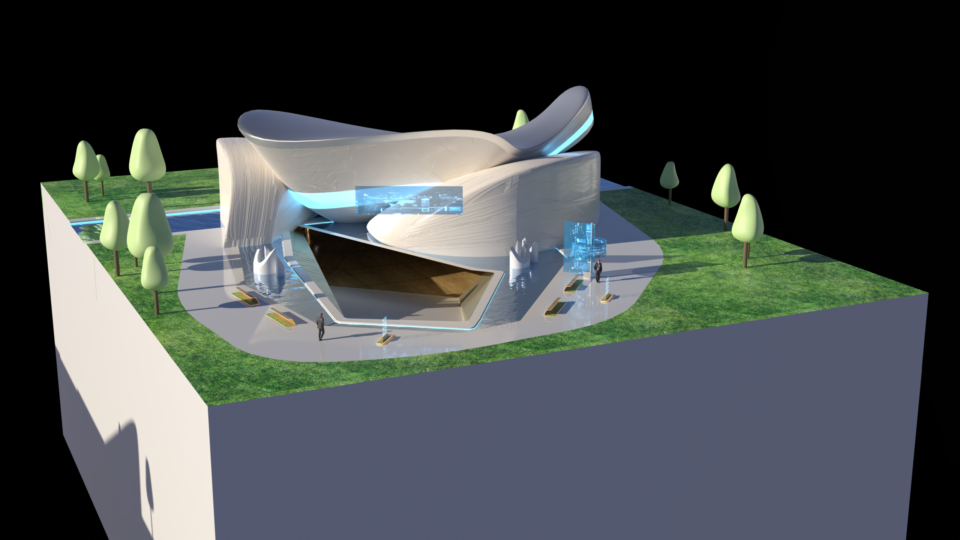
What kind of brands are looking at these digital stores?
We’ve got a very strong affiliation with retail, fashion and music. We’re also starting to onboard blockchain companies.
One question that I think people are going to start asking a lot more is what’s going to be the heaviest occupancy? Is it going to be blockchain based companies entering the retail market or is it going to be the retail space coming into the blockchain space?
I think it’s going to be a combination of both. And I think there’s a lot of companies that are far more entrenched in this than you think they are.
These new digital-only clothing brands are going to crop up nonstop and then translate into physical wear. And the physical brands that currently exist are going to be scrambling to get into the digital space to compete against these companies.
Brands go to where the hype is. That’s where the money is. The smart brands are already working that out and saying, ‘how do I tap into these well-funded communities. The others are in big trouble.
These rival companies are better cashed up. They’re connected to people with a lot more disposable income than your current market and aging audience. And they’ve got their initiative.
I think you’re going to see a very, very big play and I think a lot of the big retail fashion, and music brands are going to be born from digital first.
What use cases are there for a retailer to open a digital store in the metaverse of another country?
For example, if a US company wants to break into the Philippines, it’s very difficult. They have to have a local presence. They’ve got to go through all the rigmarole to get set-up there.
If they want to test the market, they might buy a digital store in our Philippines metaverse to make sure there’s a demand for their products and services.
Or if another retailer has a shop for the Philippines market, a US company could take some space on consignment to sell their stuff to the Filipino audience. The consigner will take a margin on the sales and take care of the taxes and business regulations and the setup.
If a brand already has a physical store in the Philippines, they may choose to have a digital store to better interact with their customer.
Major brands could also license their branding to others who would sell the licensed digital wearables and/or physical goods through the metaverse.
Our long-term goal is to provide a platform that replaces traditional websites and allows brands to immersively interact with customers. This might mean flipping from live talking to digital try-ons to video clips to a livestream show.
I see it as a complete replacement of the way we see websites at the moment.

How can users access these virtual spaces?
You can use our metaverse through an app on your mobile phone or a web app through the computer. We’ve also built with VR from day one as the technology is advancing so quickly and the cost is coming down. Plus, it’s not really an actual metaverse unless it’s in VR.
We plan to have an alpha release in the first quarter of 2022.
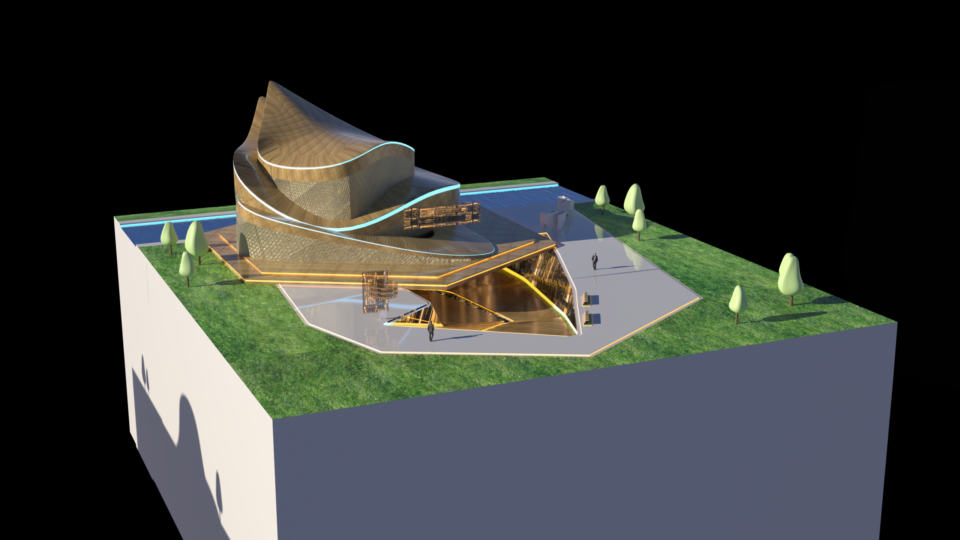
How does cryptocurrency fit into your vision?
Our way of doing things is we want to make it a seamless transition. We want you to be able to come along and whatever’s in your pocket, we’ll accept.
You can pay for it in any currency or cryptocurrency, and we’ll take care of the conversion. That’s not your concern to worry about. And then we’ll provide you with the goods that you’ve paid for.
Cryptocurrency is an interesting conundrum because why would you buy a Bitcoin? You don’t buy a Bitcoin, so you can then go use it for coffee, right? Because you can use cash for coffee.
If someone comes along with an application that says, I’ll make it easy for you to spend your Bitcoin on coffee or shampoo or going out for dinner, you’re going to say, ‘no way, I’m not going to spend $20 worth of Bitcoin on a bottle of shampoo because in a year that’s going to be worth $100’. You refuse to spend it. So, what people actually ask for and push for in the industry is something completely different to what they actually want.
What they want is other people to come in and buy that Bitcoin and use it for the purpose that they would never use it for to cause a buying pressure to force the value of the tokens that they hold to go up.
What insights do you have for retailers about the metaverse?
My recommendation to retailers would be to be very open minded to the possibilities.
It isn’t a race but it’s in your best interest to actively get involved in seeking out what’s available now.
At the moment, there’s so many ways you can do this but in two to three years from now, there’ll probably be three or four different models that are well-established and have been proven over the course of time. Those companies that joined late will have to fit into one of those structures.
Whereas now you can not only be a pioneer, you can be an innovator. You still have a chance to have a say in how things work and shape the way this industry is formed.
Anyone who’s thinking ‘I’ll just get to it later’ is going to be left out in the cold. This is a wake-up call for traditional legacy models. Given that it seems cheaper than setting up a physical shop, the economics are actually on the side of the metaverse as well.
I think you also need to pick your partners carefully. It is the wild west, which is why it’s important to have an established team with credentialed history and experience. It’s about knowing your way around, more than knowing what to do.
The people that get into the space early and establish themselves and build that navigable route are the ones who are going to prosper the most in the next few years.
Want to see what the metaverse could do for your retail business? Let’s talk about how we can help you take advantage of this new opportunity before the competition.
Related Articles
Below are other articles from our blog that cover similar topics:

